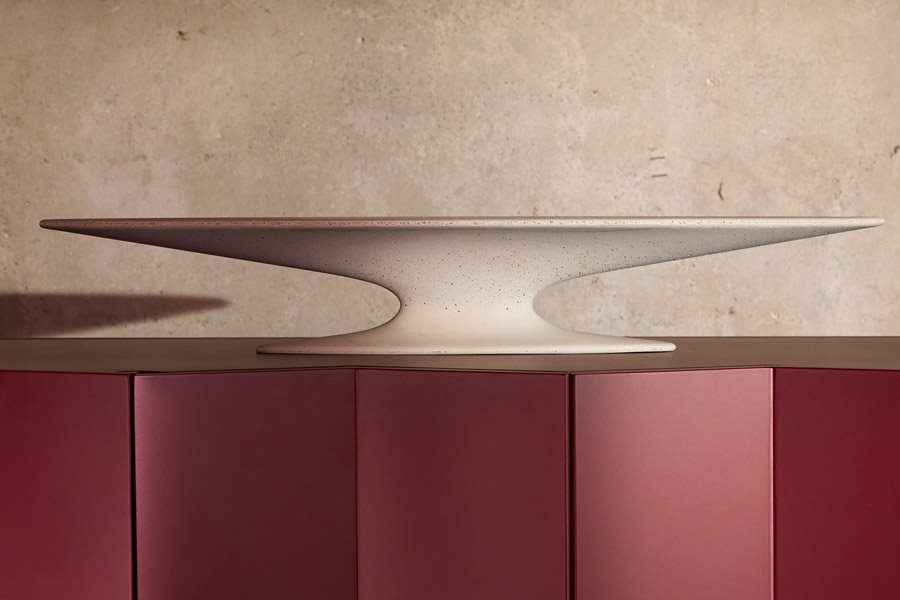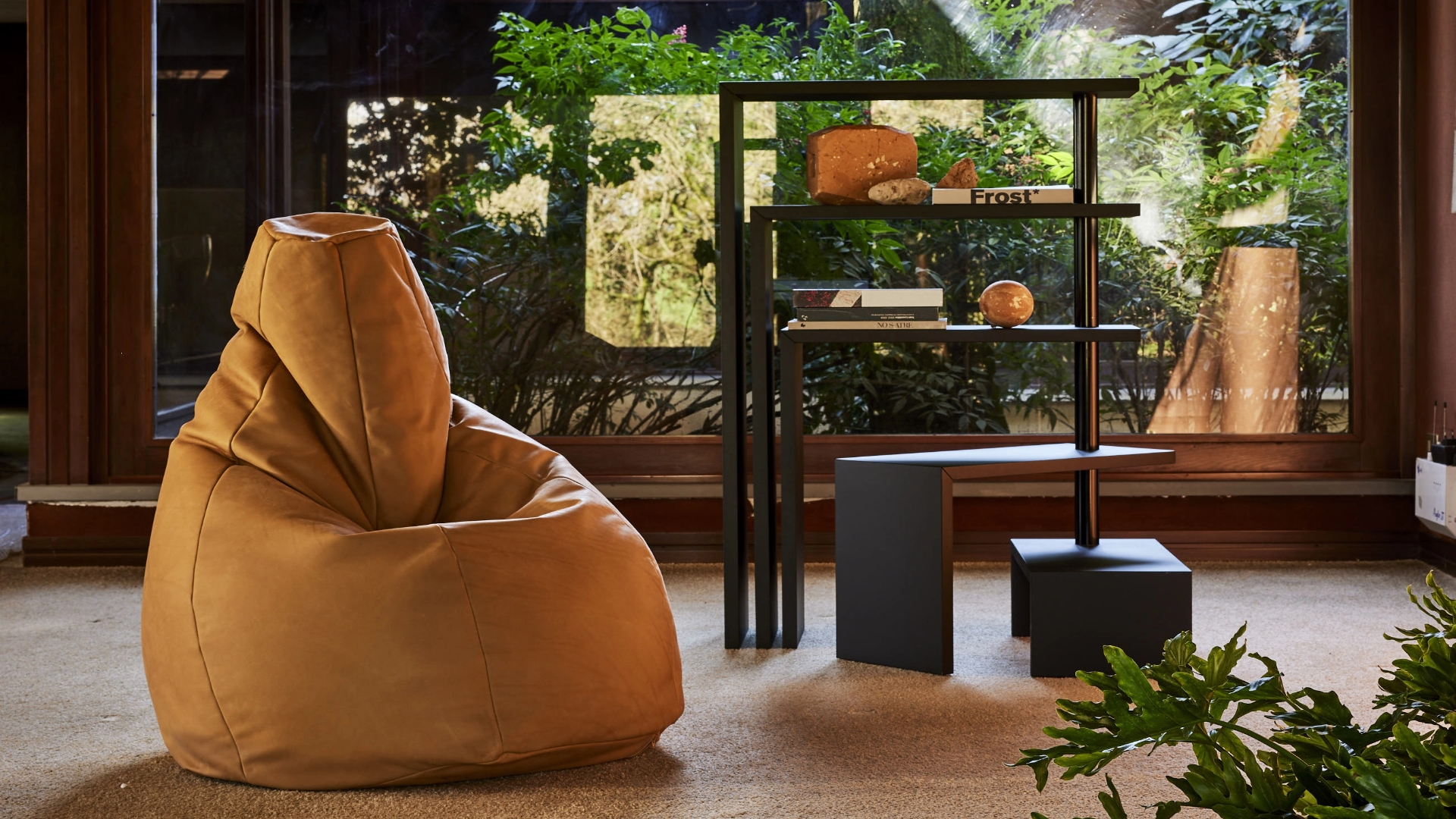On the occasion of the Milan Design Week in April, Zanotta, renowned brand of Italian radical design worldwide, presented re-editions of historical pieces such as the Cuculia bowl and the Dealbata vases designed by Alessandro Mendini in 1985 and 1986; the Sosia mirror designed by Ugo La Pietra in 1982 and the Ara Fenice centrepiece by Piero Bottoni.
In particular, the revival of the three Dealbata ceramic vases and the Cuculia bowl is a tribute to Mendini's timeless creativity. These objects are not just simple furnishing accessories, but true works of art that combine aesthetics and functionality. The glazed clay vases, available in white or glossy orange, with hand-applied decorative details, and the rigid polyurethane bowl with two-tone glossy lacquer finish, are evidence of the craftsmanship and aesthetic research that characterise Mendini's work. These pieces not only enrich the environments in which they are placed, but also convey a story of innovation, beauty and depth that goes beyond mere form.
The Sosia mirror designed by Ugo La Pietra becomes a manifesto of the architect's imagination, a canvas on which objects, buildings and three-dimensional works come to life, crowding around the edge, creating a dynamic and intriguing frame for the viewer. This profusion of signs and forms recalls the atmosphere of the 'utopian quest' of radical architecture, in which experimentation and innovation were at the heart of creative practice. Made of extra-clear bevelled crystal and decorated with a digital print, the Sosia mirror is not only a functional tool for observing one's own image, but a work of art that transforms the surrounding space into a world full of imagination. The frame, enriched by the designer's hand-drawn designs, becomes a visual story that invites the viewer to explore and reflect on the infinite perspectives of life and architecture.
Moreover, the possibility of integrating a warm LED light source in the back of the mirror adds anelement of practicality, transforming the mirror not only into a tool for reflecting one'sown image, but also into a source of light and atmosphere for the surrounding environment.
It is much more than a simple piece of furniture, the Ara Fenice centrepiece created by Zanotta. It is a work that carries with it a historical legacy and profound significance, transporting those who contemplate it on a journey through the time and space of art and design. The Fenice table was born in 1936 from the genius of Piero Bottoni, who had the first version built in cast concrete, firmly anchored to the floor of the dining room of Villa Muggia in Imola. The architect took up the design three times, changing materials and proportions, but always keeping the original idea intact. In the 1940s, he had the table made of wood, in walnut and pear; while the extreme version of the same design, four metres long, was made entirely of concrete and exhibited at the IX Triennale di Milano in 1951. When the Fenice table was put back into production in 2016, the Zanotta team fully understood the quality and importance of this work, thanks to the original drawings preserved at the Polytechnic University of Milan and made available by the Bottoni Archive. Zanotta used the most advanced technologies: cement resin for the surface that reproduces the physicality of the original drawing, and Polimex® for the internal structure. It is precisely this latter polymeric compound that, according to the company, is the key to solving the table project industrially: the load-bearing core is thus much lighter, eco-sustainable, and highly performing in assuming the important shapes and dimensions that Piero Bottoni had dreamed of and translated with the means of his time. Through Ara Fenice, Zanotta carries on a tradition of excellence in Italian design, not only offering functional furnishing objects, but true works of art that enchant and inspire.
.png)
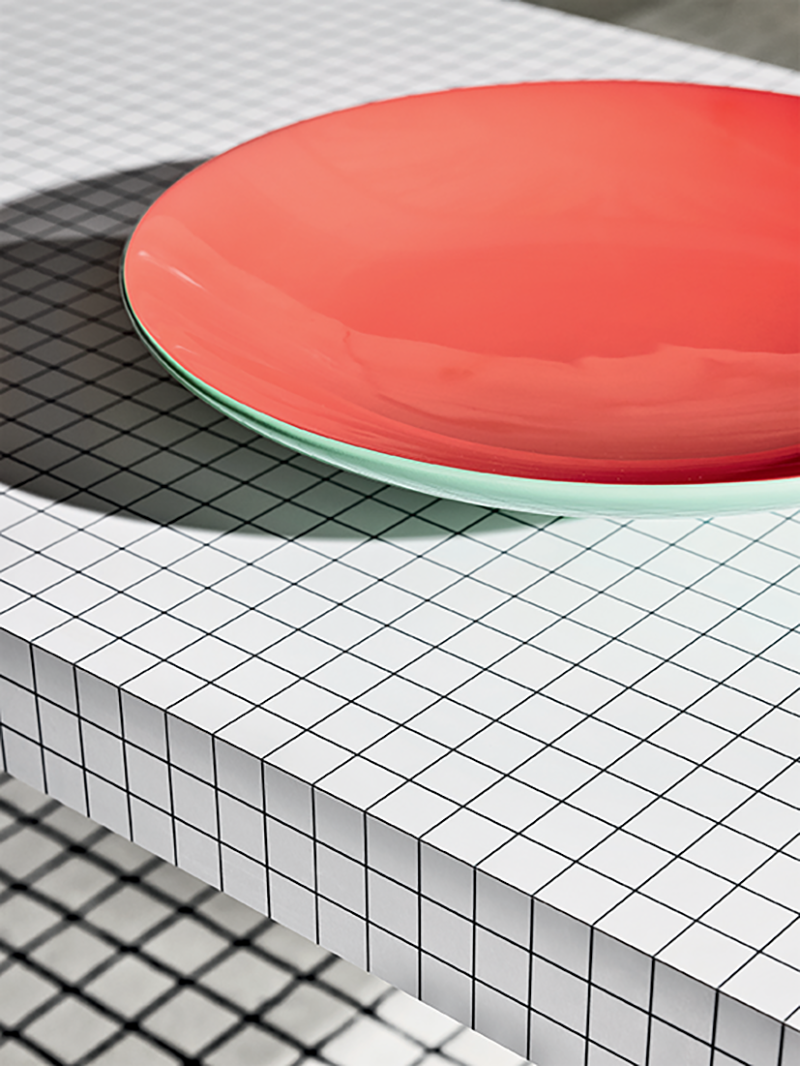
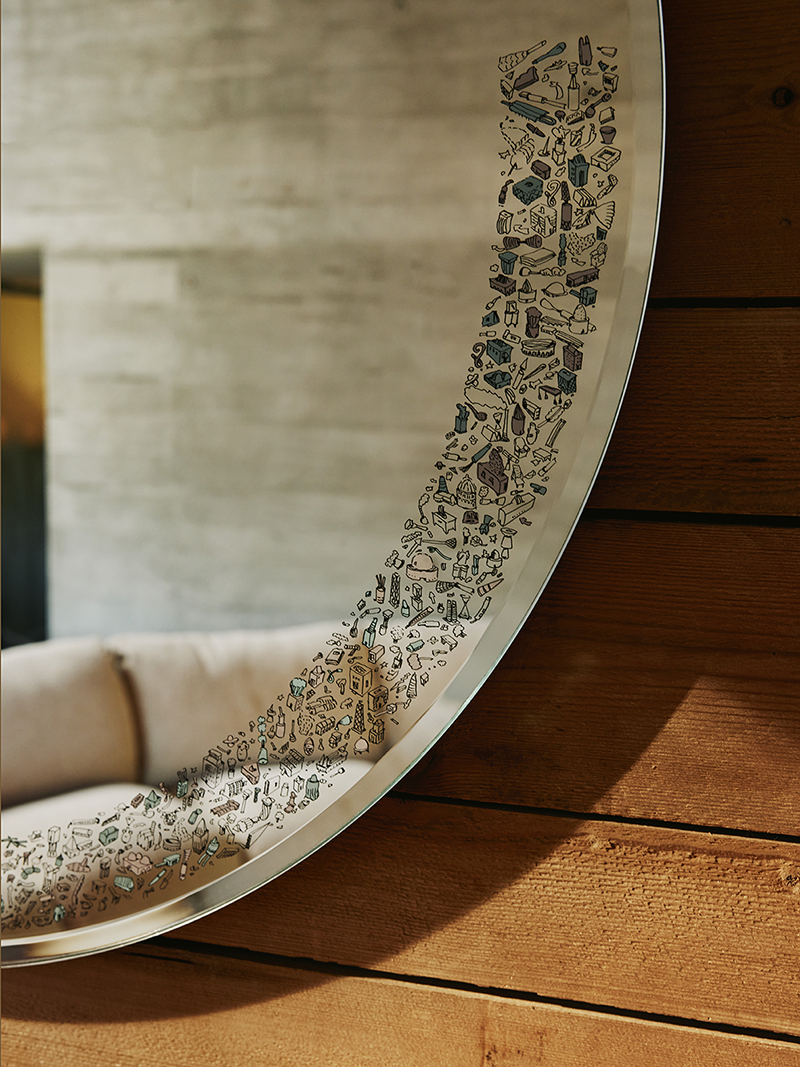
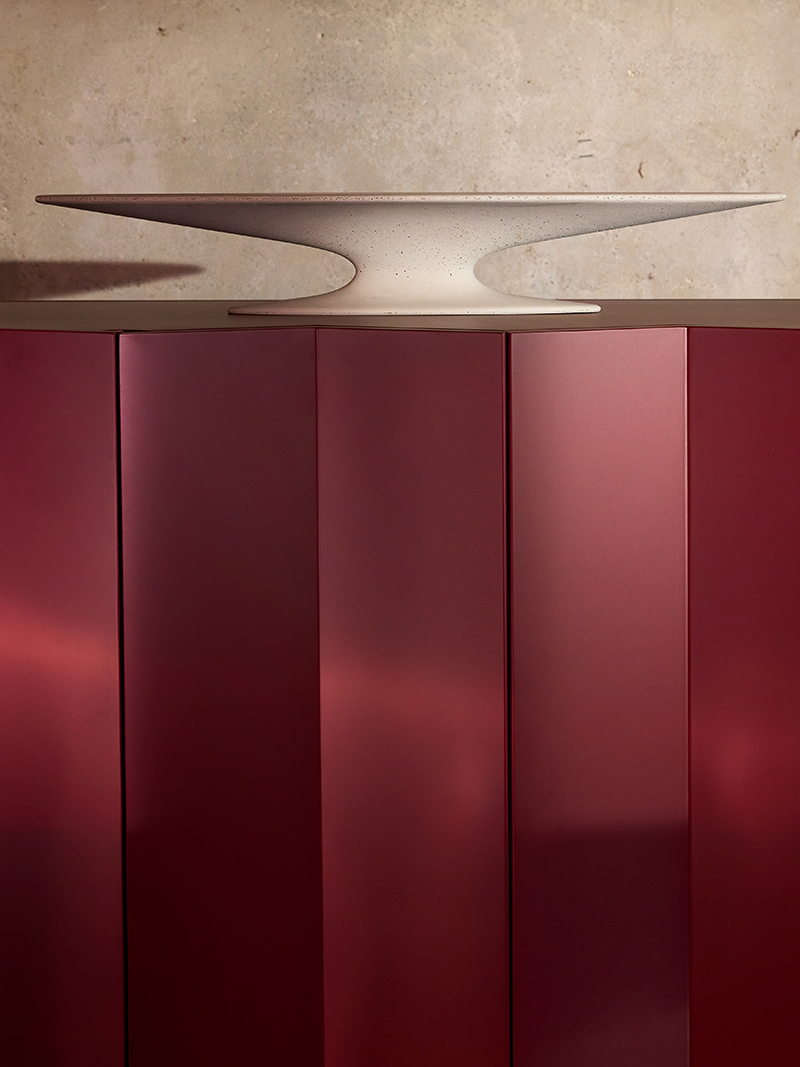

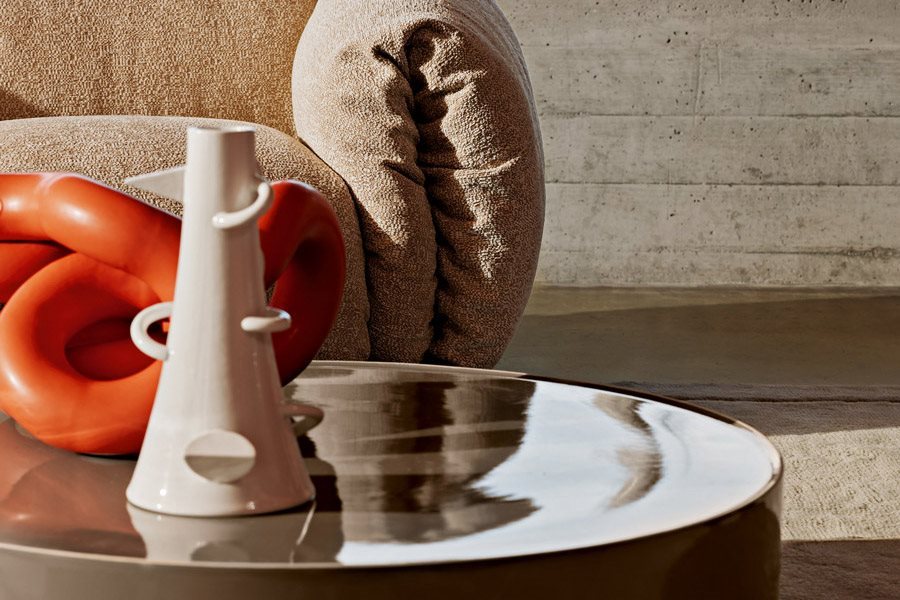
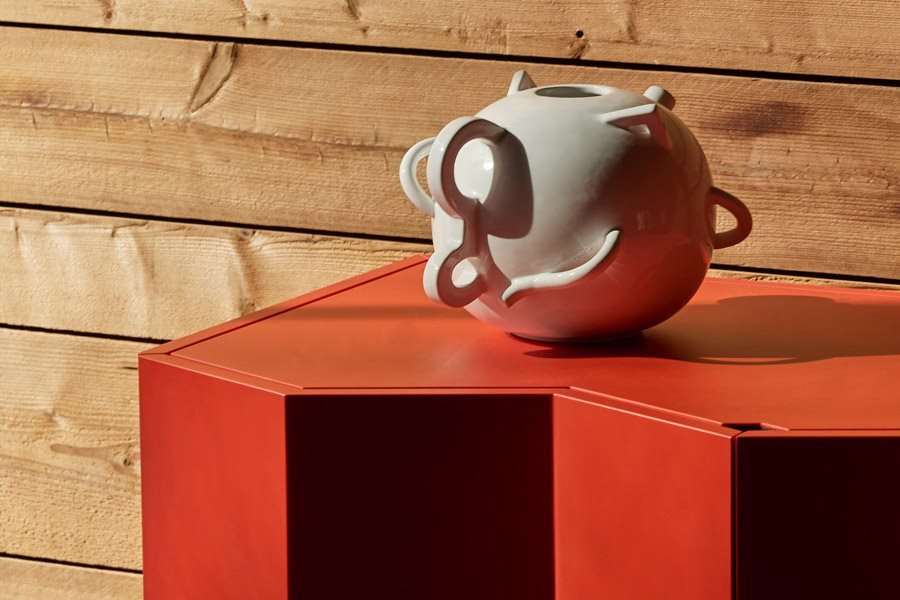
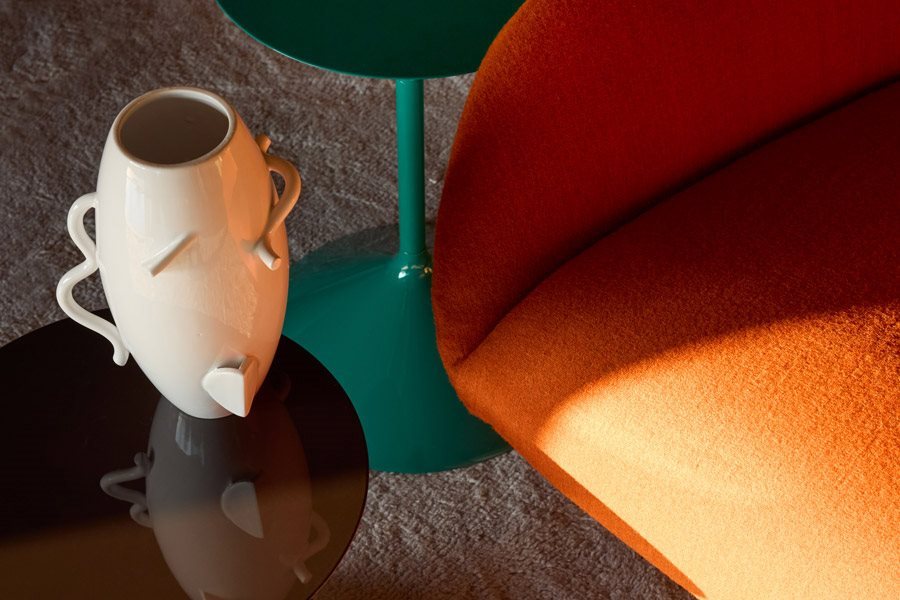
.jpg)
